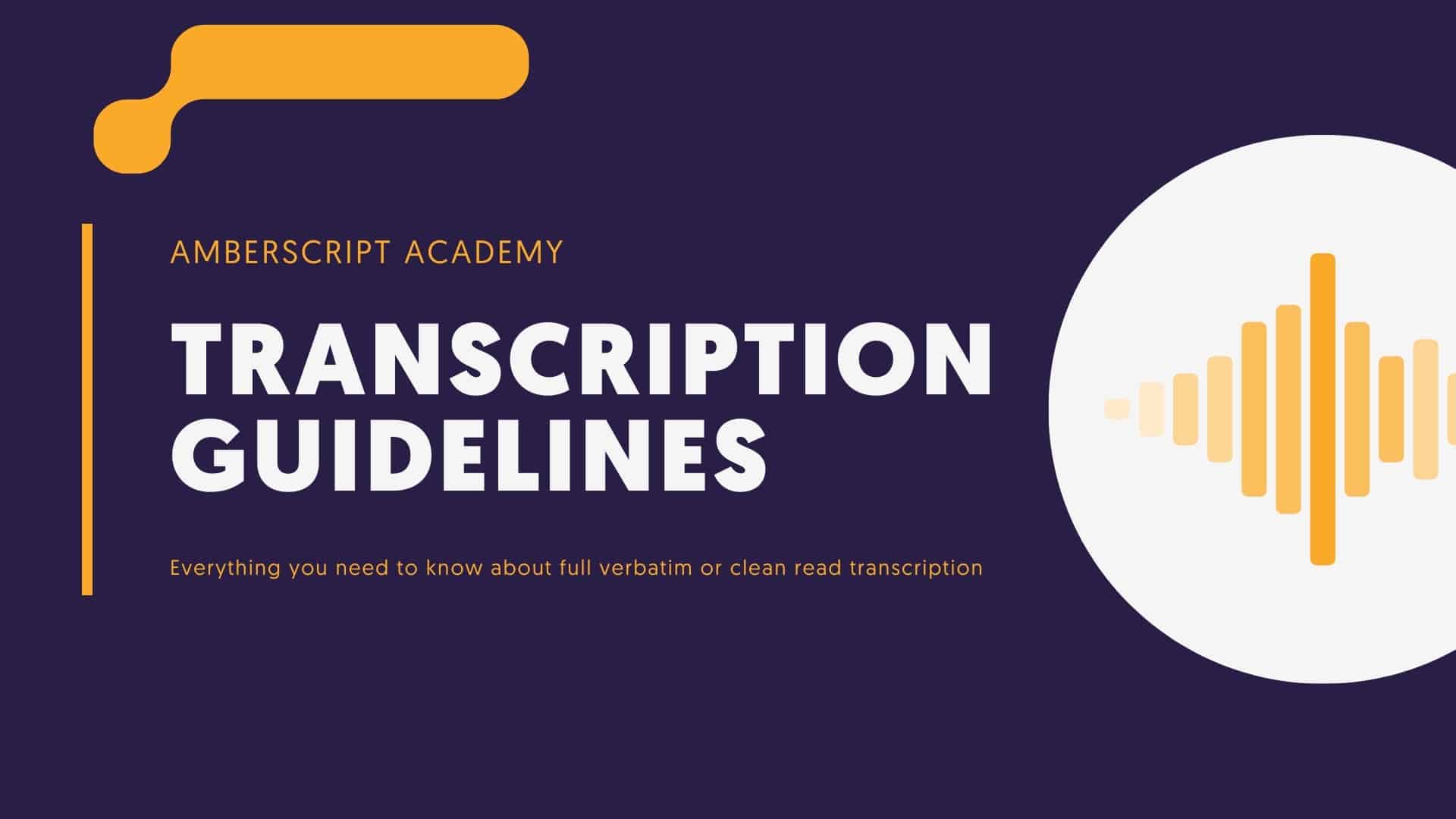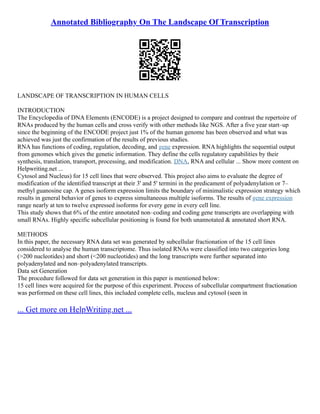Navigating The Transcription Landscape: A Guide For Student Employment
Navigating the Transcription Landscape: A Guide for Student Employment
Related Articles: Navigating the Transcription Landscape: A Guide for Student Employment
Introduction
With great pleasure, we will explore the intriguing topic related to Navigating the Transcription Landscape: A Guide for Student Employment. Let’s weave interesting information and offer fresh perspectives to the readers.
Table of Content
Navigating the Transcription Landscape: A Guide for Student Employment

The digital age has ushered in a new era of employment opportunities, particularly for students seeking flexible and remote work options. Transcription, the process of converting audio or video recordings into written text, has emerged as a popular avenue for students to earn income while pursuing their education. This comprehensive guide delves into the intricacies of online transcription jobs for students, exploring its benefits, challenges, and essential aspects for success.
The Allure of Transcription: A Student-Friendly Option
Transcription, in its various forms, offers a compelling proposition for students seeking part-time employment. The inherent flexibility of the work allows students to manage their academic commitments seamlessly. The ability to work from home, a key advantage for students, eliminates the need for commuting and allows for a personalized work schedule. This flexibility proves particularly beneficial for students with demanding academic schedules or extracurricular activities.
Furthermore, transcription often requires minimal specialized training, making it accessible to students from diverse academic backgrounds. The learning curve is relatively gentle, with numerous online resources and training programs readily available. This accessibility lowers the barrier to entry, enabling students to gain valuable work experience and financial independence.
Unveiling the Diverse Spectrum of Transcription Jobs
The transcription landscape encompasses a wide array of opportunities catering to various skill sets and interests. Students can explore diverse avenues within this field, each offering unique challenges and rewards:
-
General Transcription: This category involves transcribing audio recordings from various sources, including interviews, meetings, lectures, and podcasts. It requires a strong grasp of grammar and punctuation, coupled with the ability to decipher accents and unfamiliar terminology.
-
Legal Transcription: This specialized field demands a keen understanding of legal terminology and procedures. Transcribers in this domain work with court proceedings, depositions, and legal documents, ensuring accuracy and adherence to legal conventions.
-
Medical Transcription: Medical transcription involves converting audio recordings of patient consultations, medical reports, and other healthcare-related documents into written text. This field requires a thorough understanding of medical terminology, anatomy, and disease processes.
-
Captions and Subtitles: Transcribing audio or video content for accessibility purposes, such as closed captions or subtitles, is a growing demand. This work requires a strong understanding of timing and synchronization, ensuring accurate and timely transcription for viewers.
Essential Skills for Transcription Success
While transcription might appear straightforward, success in this field necessitates a blend of skills and attributes. Students seeking to excel in transcription should cultivate:
-
Typing Proficiency: Typing speed and accuracy are paramount in transcription. Students should aim for a typing speed of at least 60 words per minute (WPM) for efficient and accurate transcription.
-
Listening Skills: The ability to listen attentively and accurately comprehend the spoken word is essential for transcribing audio recordings. Students should practice active listening and develop their ability to discern nuances and accents.
-
Grammar and Punctuation: A strong command of grammar and punctuation is crucial for producing professional-quality transcriptions. Students should review grammar rules and punctuation conventions to ensure accuracy and clarity in their work.
-
Attention to Detail: Transcription demands meticulous attention to detail. Students should cultivate the ability to identify and correct errors, ensuring the final transcript is free from inaccuracies.
-
Time Management: Transcription often involves meeting tight deadlines. Students should develop effective time management skills to prioritize tasks, meet deadlines, and maintain consistent productivity.
Navigating the Online Transcription Marketplace
The online world offers a plethora of platforms and opportunities for students seeking transcription jobs. These platforms connect aspiring transcribers with clients seeking their services. Some popular options include:
-
Rev: A leading platform for transcription, captioning, and translation services, Rev offers a variety of projects for students to choose from.
-
Scribie: Scribie provides a user-friendly interface for transcribing audio and video content, catering to students with diverse skill levels.
-
TranscribeMe: A global platform for transcription, TranscribeMe offers competitive rates and flexible work schedules for students.
-
GoTranscript: GoTranscript specializes in legal and medical transcription, providing students with opportunities to hone their skills in these specialized fields.
-
Upwork and Fiverr: Freelancing platforms like Upwork and Fiverr offer a vast array of transcription projects, allowing students to connect directly with clients and negotiate their rates.
Tips for Success in Online Transcription
Students embarking on their transcription journey can enhance their chances of success by following these tips:
-
Invest in Training: While transcription may seem accessible, investing in online training courses can significantly enhance your skills and knowledge. These courses often cover essential aspects like grammar, punctuation, audio software, and transcription techniques.
-
Build a Portfolio: Creating a portfolio of your work is crucial for showcasing your skills and attracting clients. Start by transcribing sample audio files or offering your services to friends and family to build a portfolio of demonstrable work.
-
Set Realistic Expectations: Transcription is a demanding profession requiring focus, accuracy, and attention to detail. Students should set realistic expectations regarding earnings and workload to avoid burnout and maintain a healthy work-life balance.
-
Network with Other Transcribers: Joining online forums or communities dedicated to transcription can provide valuable insights, resources, and networking opportunities. Engaging with experienced transcribers can offer guidance, support, and industry updates.
-
Seek Feedback and Improve: Regularly seeking feedback on your work is essential for continuous improvement. Ask clients for constructive criticism and engage in peer review to identify areas for development and refine your skills.
Addressing Common FAQs
Q: What is the average hourly rate for transcription jobs?
A: The hourly rate for transcription varies depending on factors like experience, expertise, project complexity, and client expectations. On average, students can expect to earn between $10 and $25 per hour, with potential for higher rates as skills and experience grow.
Q: What software is needed for transcription?
A: Several software tools can facilitate the transcription process. Popular options include:
-
Express Scribe: A versatile transcription software offering features like foot pedals, transcription shortcuts, and audio playback controls.
-
Dragon NaturallySpeaking: A speech recognition software that converts spoken words into text, reducing the time spent on manual typing.
-
Audacity: A free and open-source audio editor that allows for audio manipulation, recording, and playback.
Q: How do I find clients for transcription jobs?
A: Clients can be found through online platforms like those mentioned earlier, freelance websites, job boards, or by networking with other professionals in the field.
Q: What are the challenges of online transcription?
A: Transcription can present challenges such as:
-
Dealing with poor audio quality: Transcribing audio recordings with background noise, accents, or unclear speech can be challenging.
-
Meeting deadlines: Clients often have tight deadlines, requiring transcribers to work efficiently and maintain consistent productivity.
-
Maintaining accuracy: Ensuring accuracy in transcription is paramount, requiring meticulous attention to detail and a keen ear for nuances.
Conclusion: A Path to Professional Growth and Financial Independence
Online transcription offers students a valuable opportunity to gain professional experience, develop essential skills, and earn income while pursuing their education. The flexibility, accessibility, and potential for growth make it an attractive option for students seeking part-time employment. By cultivating the necessary skills, leveraging online platforms, and following the tips outlined in this guide, students can navigate the transcription landscape successfully, paving the way for a rewarding and fulfilling career path.







Closure
Thus, we hope this article has provided valuable insights into Navigating the Transcription Landscape: A Guide for Student Employment. We thank you for taking the time to read this article. See you in our next article!
You may also like
Recent Posts
- Navigating The Digital Landscape: Online Job Opportunities For 17-Year-Olds
- Navigating The Amazon Ecosystem: Online Opportunities For Students
- Navigating The Digital Landscape: Online Jobs In Illinois
- Navigating The Realm Of Remote Work In Malta: A Comprehensive Guide
- The Rise Of Remote Work: A Comprehensive Look At Online Jobs In America
- Unlocking Opportunities: Online Tutoring As A Career Path For Women
- The Rise Of Remote Work: A Comprehensive Guide To Online Jobs From Home In The USA
- The Digital Frontier: Navigating Entry-Level Online Jobs Without Prior Experience

Leave a Reply